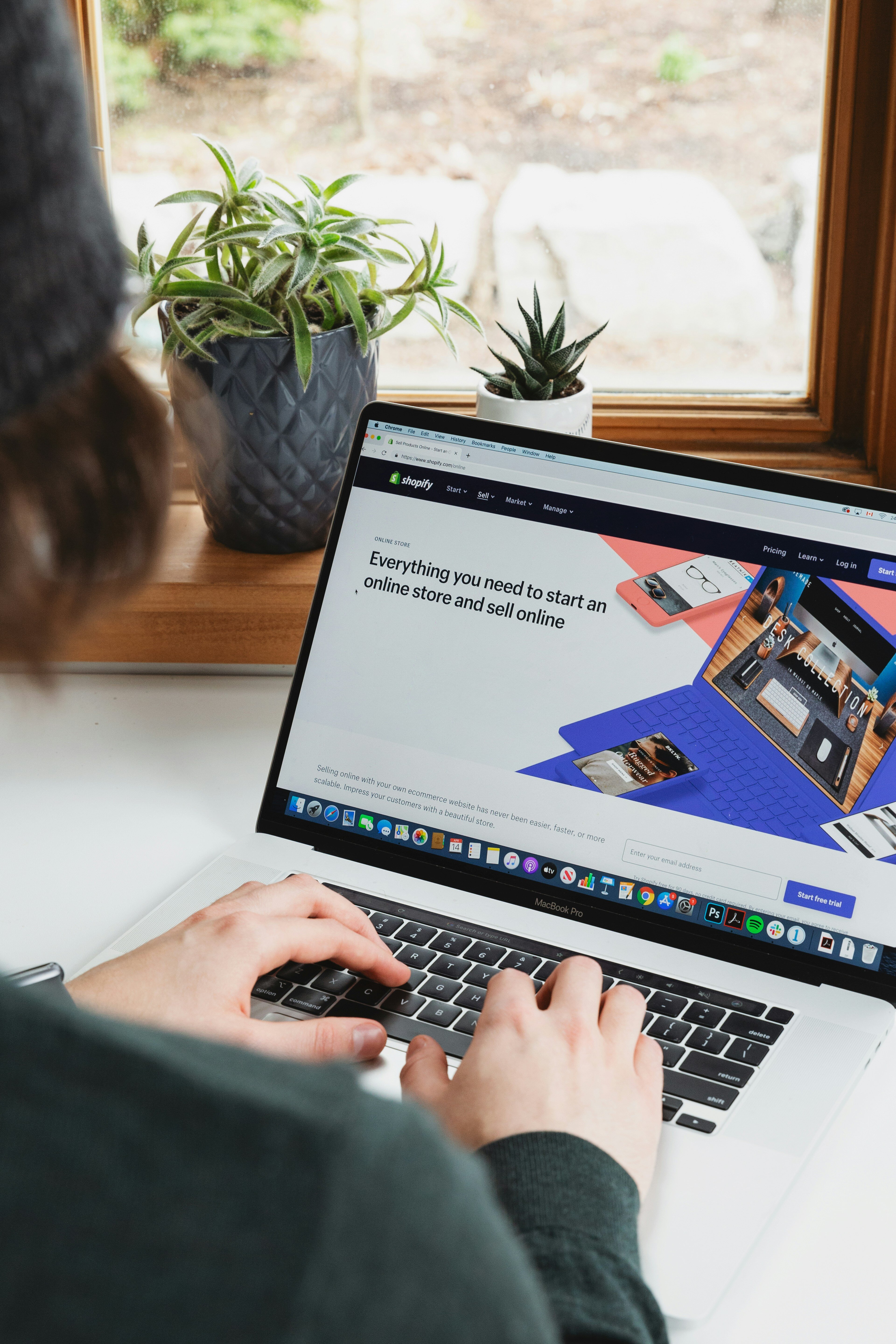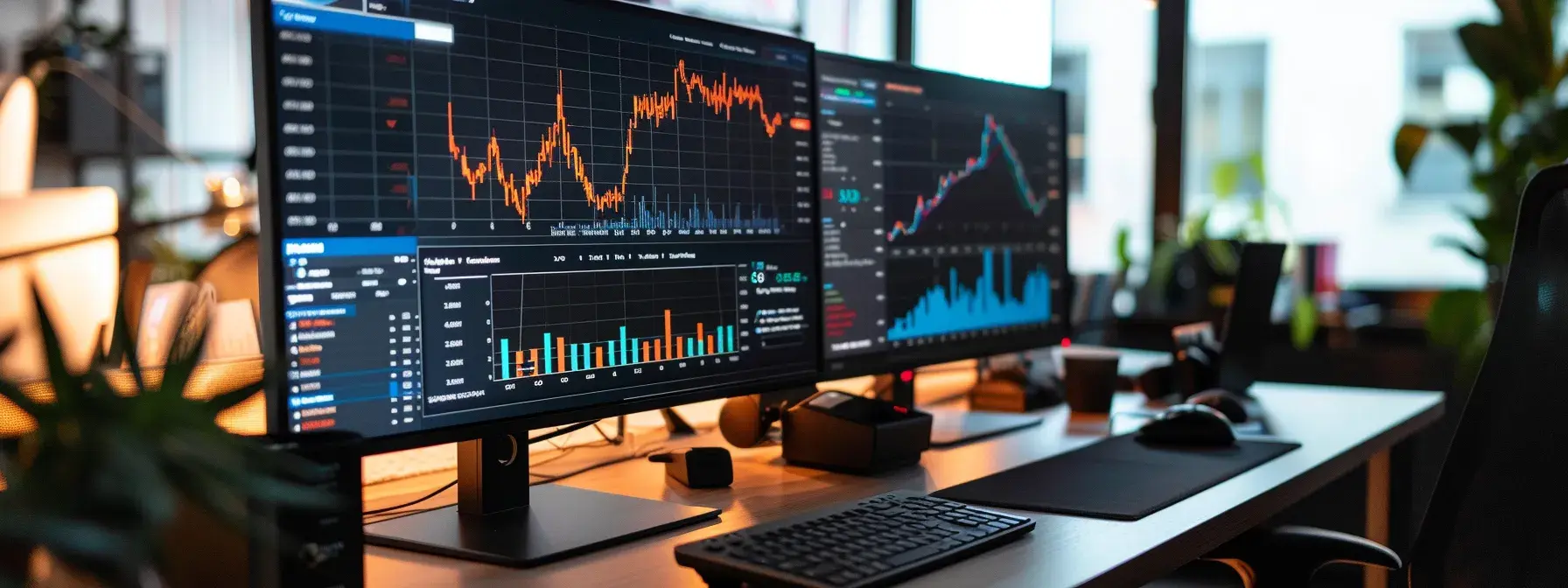In the last few years, pop-up shops have taken off in popularity. In fact, they’re expected to generate $80 billion annually! In the last few years, we’ve seen everything from cult favorite Supreme to Instagram-friendly experiences designed to add a pop of color to your feed.
In the past, pop-up shops have been limited to brands with physical locations or highly-stylized interactive experiences. But the world of eCommerce has evolved, and online retailers are seeing the benefits of a temporary retail site to drive sales and brand awareness.
What are eCommerce Pop-Up Shops?
Pop-up shops are temporary retail locations that are only available for a limited time. They pop up in an area near you and then disappear. Pop-ups have become incredibly popular for themed experiences and specialized retailers looking for an interactive way to engage with their customers. They’re valuable for testing new offerings or launching new product lines, as pop-up shops can offer a niche and guided brand experience.
Unlike traditional locations, pop-up shops are usually highly branded with eye-catching visuals and interactive design. Since the inventory is typically limited to one product line or feature, it allows retailers the opportunity to build an entire experience around one objective.
However, pop-up shops for eCommerce brands and online retailers can look a bit different. Without the traditional backbone of physical locations, eCommerce brands tend to focus on smaller temporary sites with high traffic and use the pop-up shop as a chance to foster face-to-face customer interactions.
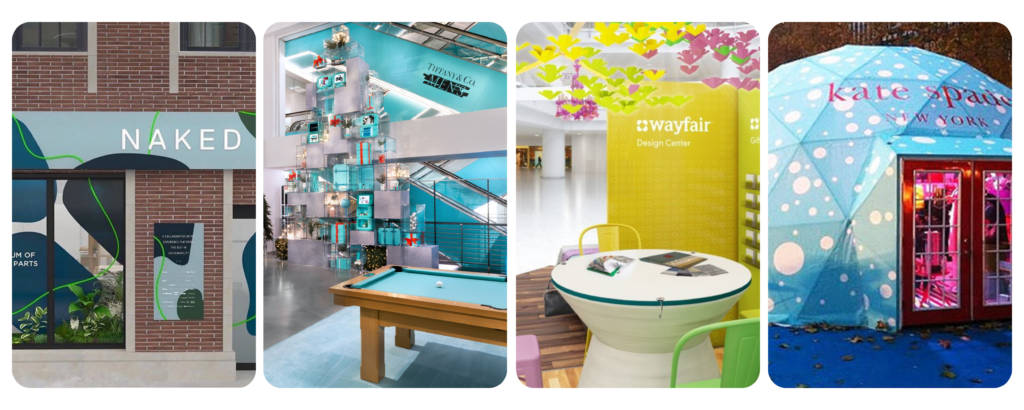
Virtual Pop-Up Shops
Virtual pop-ups are a newer concept and focus heavily on experience-driven websites and social media. The idea is much like a physical location, where a temporary sale or branded experience is hosted on websites, landing pages, and social media channels.
Looking for ideas for your virtual pop-up shop? Click here.
Benefits of an eCommerce Pop-Up Shop
Starting a pop-up shop as an online retailer can be a bit of an undertaking, but it’s not without its benefits.
Offer In-Person Assistance
Digital marketers are always looking for unique and personal ways to reach their ideal consumers. But with increasing digital advertising noise, making waves online can often feel daunting. eCommerce pop-up shops offer a way to directly interface with your customers, get valuable real-time feedback, and foster a more personal brand connection.
Cost-Effective
Pop-up shops give online retailers the benefits of a physical location without the long-term commitment and staffing required of a traditional brick-and-mortar store. It also allows an opportunity to collect added marketing goodness like customer testimonials, consumer video, and product and brand photos that can be used in your campaigns throughout the year.
Increase Brand Visibility
Local media loves promoting pop-up shops! Pop-up shops tick all the boxes for a consumer-friendly story; they’re relevant, regional, and usually visually exciting. A pop-up shop not only provides exciting and engaging content for your own campaigns but can (and probably will) be promoted by local sources.
Allow Customers to Sample Products
Sample sizes and permissive return policies have made sampling products online a bit easier. But nothing compares to being able to try the product in person, hold it in your hand, and make your decision. This is especially valuable for pricier items, personal luxury products, or clothing. Pop-up shops are an easy way for exclusively online retailers to overcome purchase anxiety without a long-term and costly physical store.
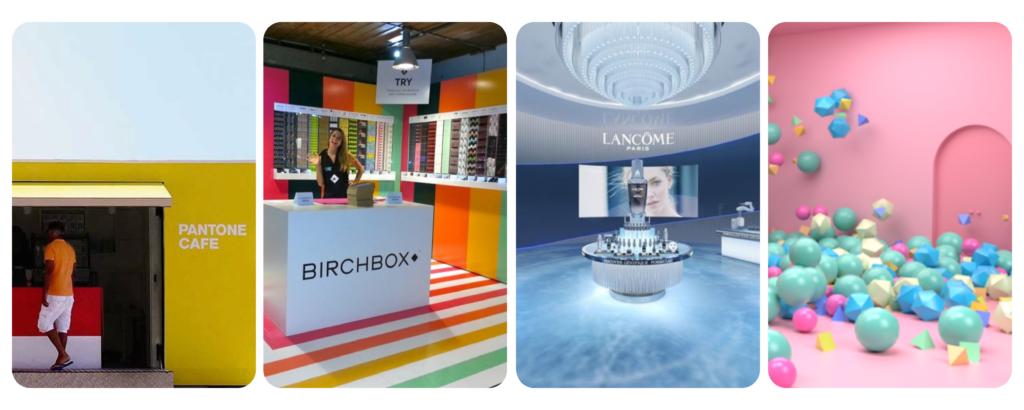
How Do You Start an eCommerce Pop-Up Shop?
Pop-up shops are extremely versatile. You can host light displays, interactive holograms, or fully immersive museum-like exhibits. But you want to make sure whatever you plan and execute matches your goals. An interactive exhibit might not be the best for selling makeup or personal care items- a simple approach to product display and easy sampling might be best.
Here are a few goals to consider when planning your pop-up
- Testing or debuting new products
- Take part in holiday shopping & spending.
- Allowing trials, samples, and testing of your product
- Make a splash in an emerging local market.
- Increase overall brand visibility.
Planning (Location & Duration)
Location: For exclusively online retailers, the world is your oyster when selecting a site for a pop-up shop. You’re not limited to service areas, local brand awareness, or tethered to a flagship store. But that also means you just might have too many choices. Try using available Google website data, social media insights, or brand reputation management software to find cities and demographics already interested in your brand.
Potential locations for pop-up shops
- Stip malls & open-air markets
- Indoor & outdoor malls
- Mobile stores, trucks, or traveling kiosks
- Partnership within a complementary retail location
Duration: hosting a physical or virtual pop-up shop won’t be an inexpensive undertaking, so you want to make sure your event is running long enough to take full advantage. Pop-up shops can run anywhere from 1 weekend to multiple months – with benefits and disadvantages to each time frame. Run your pop-up for too short a time, and you might miss interested customers. Run it for too long, and the sense of urgency is removed. To be safe, make sure your pop-up runs for at least 1 or 2 weekends. Pro Tip: you’ll want to run ads for the duration of your pop-up, so a short pop-up window allows you to saturate digital advertising channels during the event window.
Promotion & Cross-Promotion
It’s a given that social media and digital advertising will be a necessity for pop-up shop promotion. But with the potential added benefit of a physical location, you are now able to target areas, cities, and demographics with ease. This can help keep your budget low while also reaching the right audience.
Cross Promotion with local brick-and-mortar stores (or partnering with a complementary, non-competing online brand) is a great way to share pop-up and advertising costs.
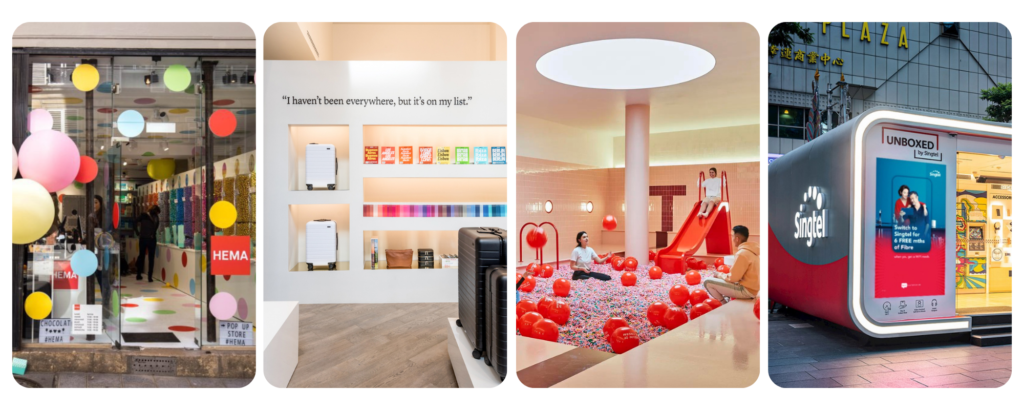
Ideas for Virtual eCommerce Pop-Up Shops
Is a physical pop-up shop not in the cards for your brand? Try virtual eCommerce pop-up shop instead. Here are a few virtual pop-up shop ideas to get you started:
- Host a live stream
- Partner with a digital designer and design custom online experiences
- Have an Augmented Reality friendly product? Host a website focus exclusively on imagining the product in your customer’s hands
- Host a series of web pages focused exclusively on featured products. Use social media to promote each product individually and push people to the page. Don’t forget to make the unique shopping page feels more like a digital experience than a product catalog.



